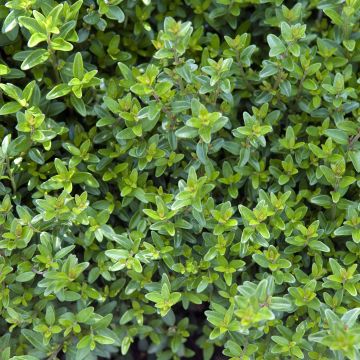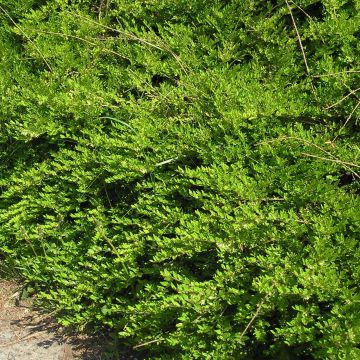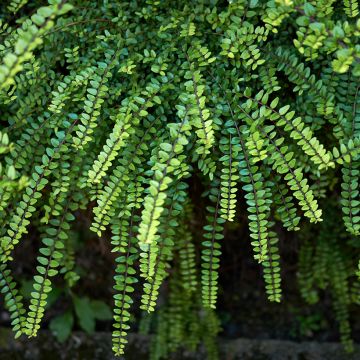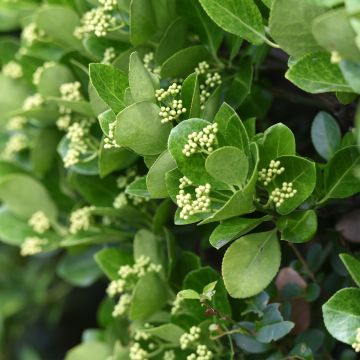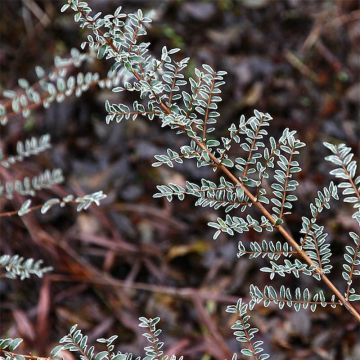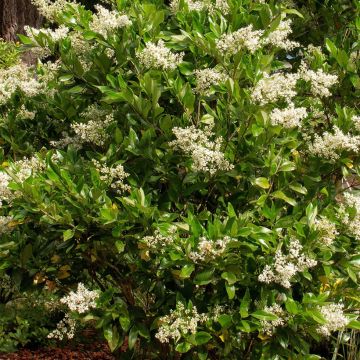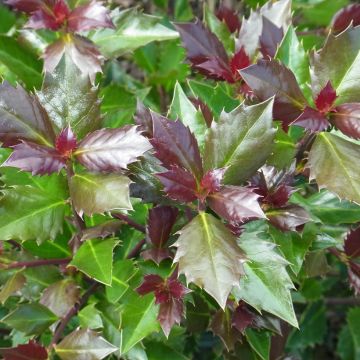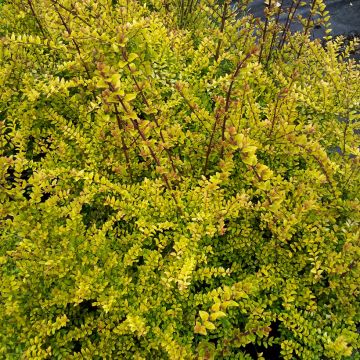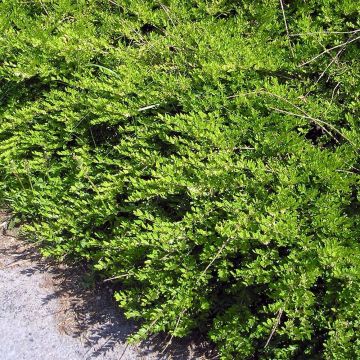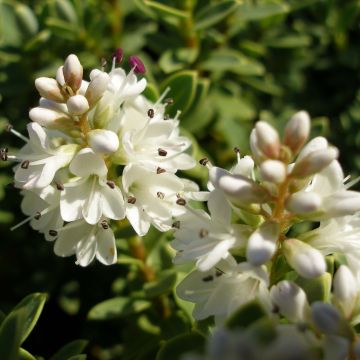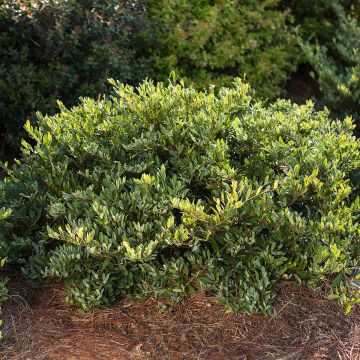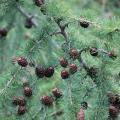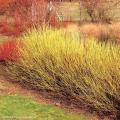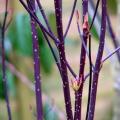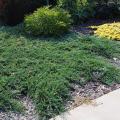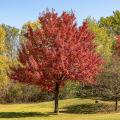Alternatives to boxwood
Does this plant fit my garden? Set up your Plantfit profile →
Available in 2 sizes
Available in 3 sizes
Available in 2 sizes
Available in 1 sizes
Available in 2 sizes
Available in 1 sizes
Available in 2 sizes
Available in 3 sizes
Available in 2 sizes
Available in 1 sizes
Available in 1 sizes
Available in 2 sizes
Available in 2 sizes
Available in 3 sizes

Available in 4 sizes
Available in 2 sizes
Available in 1 sizes
Available in 1 sizes
Available in 2 sizes
Available in 1 sizes
Available in 1 sizes
Available in 1 sizes
Available in 1 sizes
Available in 1 sizes
Available in 1 sizes
Available in 1 sizes
Available in 1 sizes
Available in 1 sizes
Available in 1 sizes
Available in 1 sizes
Available in 1 sizes
Available in 1 sizes
Available in 1 sizes

Available in 1 sizes
Available in 1 sizes
Available in 1 sizes
Available in 1 sizes
Available in 2 sizes
Available in 1 sizes
Available in 1 sizes
Available in 1 sizes
A selection of bushes to replace boxwood.
Although, having numerous qualities, boxwood (Buxus sempervirens) has been the victim of the formidable box tree moth and pathogenic fungi for a few years. Fortunately, many alternatives exist, such as the honeysuckle with boxwood-like leaves (Lonicera nitida) or Japanese hollies known as crenate hollies like the Ilex crenata Dark Green. These bushes have small evergreen foliage and a dense habit, are resistant to diseases and pests, and tolerate pruning very well. However, they are slightly less versatile than boxwood regarding soil and climate, which means selecting the best one for each situation.
In cooler climates, hardy varieties, such as Ilex crenata, which grow in humus-bearing, moist, and light non-chalky soil, should be planted. Several varieties exist, for example, 'Green Hedge', which is perfect for creating low hedges. Spindles, especially Euonymus fortunei, which are hardy down to -15 °C (5°F), offer many cultivars with variegated foliage and tolerate limestone. The Japanese spindle is slightly less cold-hardy (-12 to -15 °C (10.4 to 5°F)). Still, it is also tolerant: Euonymus japonicas Green Spire' looks beautiful in a container on a patio and is well-suited for topiary.
In warmer climates, the Myrtus communis tarentina or the African boxwood (Myrsine africana) are recommended, two bushes that are highly resistant to heat and drought. The burkwood osmanthus with holly-like leaves or the Yunnan privet Ligustrum delavayanum var. ionandrum, are fantastic alternatives to boxwood.
Haven't found what you were looking for?










































